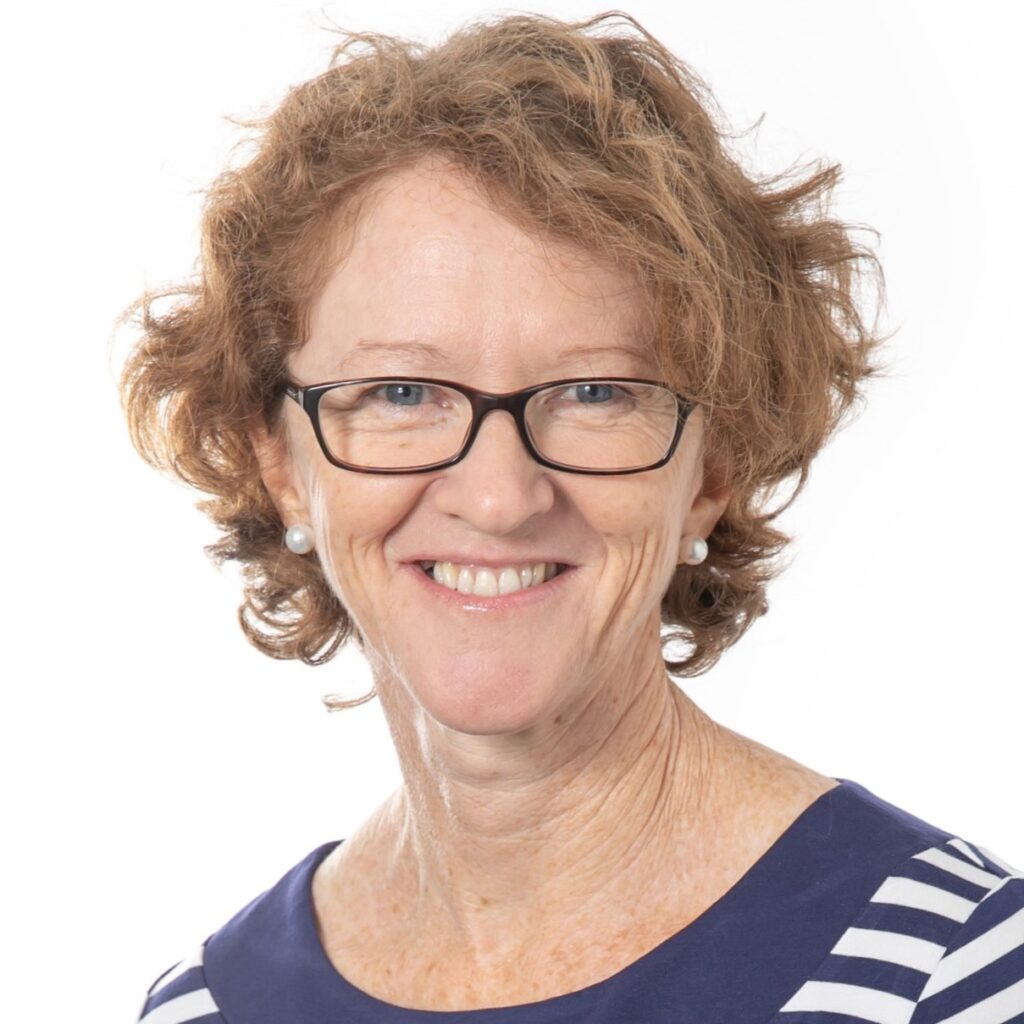Sponsored by:

Case Study 1: Modelling of a Shallow, Hypersaline Estuary (Coorong, Lower Lakes and Murray River Mouth)
The Coorong, Lower Lakes and Murray River Mouth is an internationally recognised wetland, lake and estuary system situated along the south-eastern coast of South Australia. The system exhibits vast contrasts in the governing hydrodynamics, salinity and water quality receptors along the length of the estuary, which includes the lower Murray River and freshwater lower lakes, the Southern Ocean connection through Murray Mouth, and the seasonally dynamic and typically hyper-saline Coorong south lagoon.
For over a decade TUFLOW FV has been applied to help the South Australian government understand the complex hydrodynamics of these coupled ecosystem’s and to inform its sustainable management. Modelling has been used to inform lower lakes barrage release operations, dredging of the Murray mouth to maintain Coorong ocean connectivity, and the recent Coorong Infrastructure Investigations Project. This webinar presents some of the recent modelling in this complex and environmentally sensitive ecosystem.
Case Study 2 – 3D Hydrodynamic Modelling to Inform Structural Design (Brisbane River)
Structures built within rivers need to be designed to withstand a wide range of hydrodynamic forces. Different location specific factors influence which structural actions require special consideration. For example, flow circulation (overturning), also known as helicoidal flow, is a flow behaviour common at river bends.
An understanding of the vertical forces associated with this hydraulic phenomenon is necessary when a structure is located on or near a river bend. Traditional 2D depth-averaged hydraulic modelling is often not suitable for this task and may misrepresent load characteristics. 3D modelling provides greater insight and data richness. This presentation compares 2D and 3D model results. It provides a useful insight into how the traditional 2D approach, even with enhancement factors to account for the missing vertical component in the flow equations, can be variously conservative or unconservative, producing substantively different utilisation patterns throughout complex structures.
Registrants Locations:





